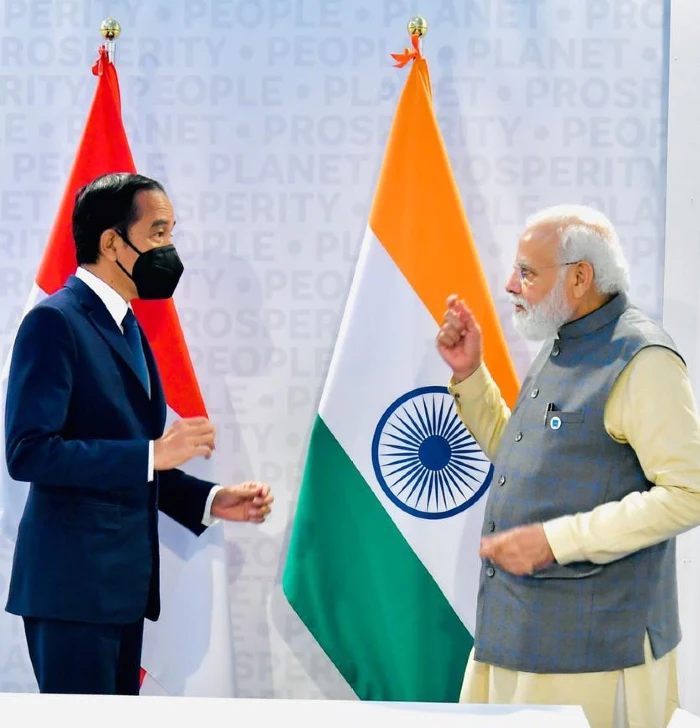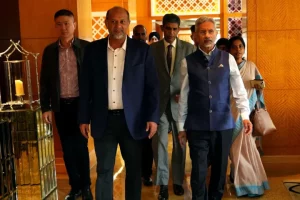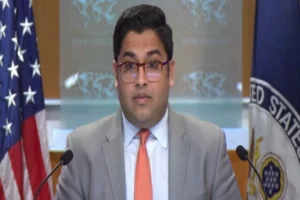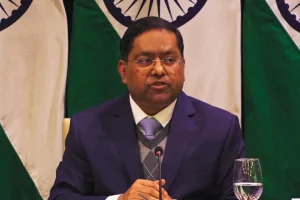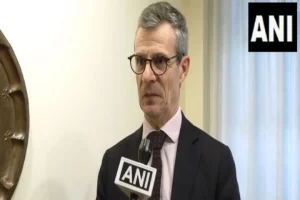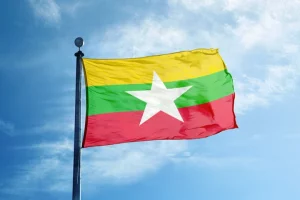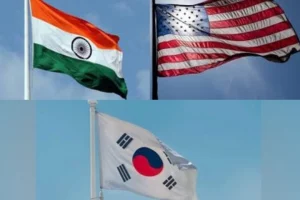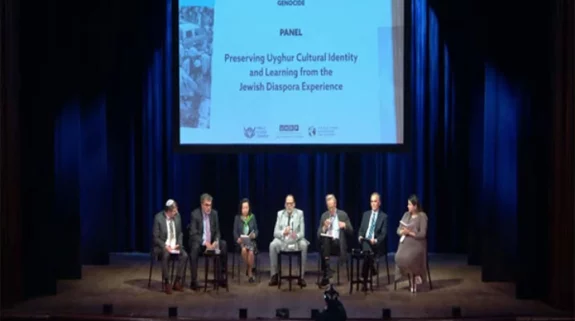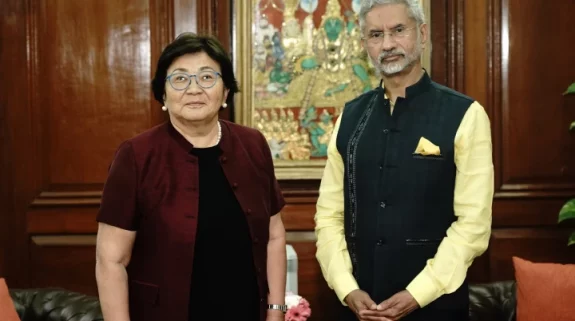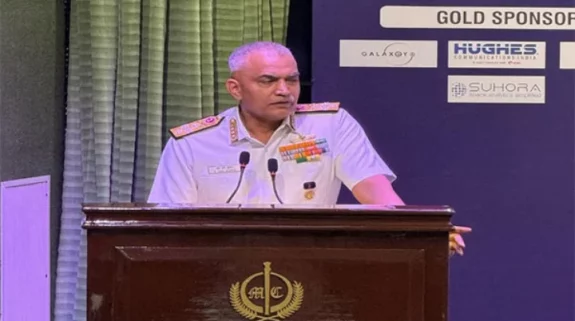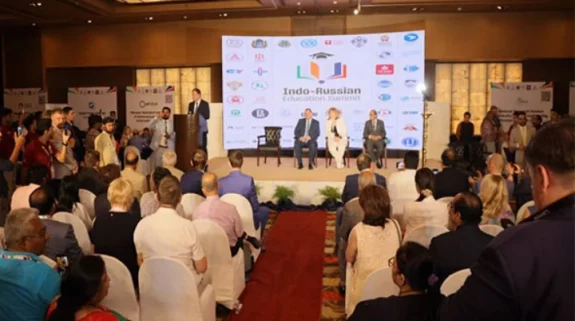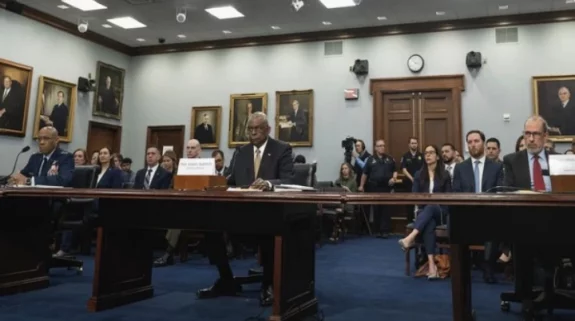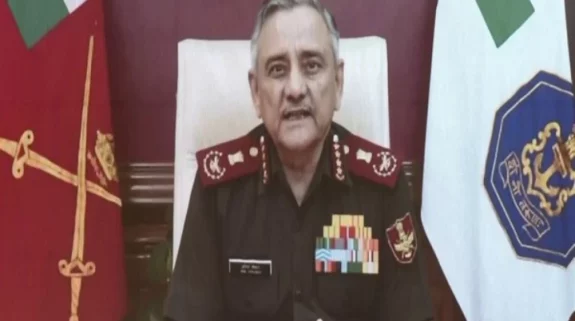As the world continues to recover from the Covid-19 onslaught, India and Cambodia have decided to restart direct flights soon to revive trade and tourism.
New Delhi considers Phnom Penh as an "important interlocutor and a good partner" in the context of India's 'Act East' policy and the Association of Southeast Asian Nations, or the ASEAN. A predominantly Buddhist country, Cambodia also retains a strong influence of Brahminical rituals and mythology.
While inaugurating the Kushinagar International Airport last month, Prime Minister Narendra Modi had spoken about him receiving blessings from the monks of the South East countries in the past and how Lord Buddha, "who resides in the soul of humanity", is connecting everyone having different cultures.
Addressing the 18th India-ASEAN Summit last Thursday, PM Modi had reiterated the shared vision and mutual cooperation in the Indo-Pacific region saying that India is committed to further strengthen ties under the forthcoming ASEAN presidency of Cambodia.
Earier this year, India's Ambassador to Phnom Penh Devyani Khobragade had met Cambodian Tourism Minister Thong Khon to discuss ways to tap the huge tourism potential, Buddhist Tourist Circuit, connecting Bihar and Siem Reap – the gateway to Angkor, one of the most important archaeological sites of Southeast Asia.
As the country starts opening up after the pandemic, Khobragade met Cambodia's Minister of Civil Aviation last week and discussed with him the important steps to start direct air connections between the two countries at an early date.
Indonesia and Thailand welcome Indian tourists
Several other countries of the region, which depend hugely on foreign tourist arrivals, are also now gradually opening up activities and easing Covid-related travel norms.
The Indonesian government, in a bid to revitalize the country's tourism industry, has relaxed the travel restrictions to tourist island Bali.
The 19 countries that have been allowed to open their international flights from October 14 to Bali, and also to the Riau Islands, includes India.
Also Read: Four-faced head of Deva found in Cambodia shows powerful spiritual connect with India
Not just the magnificent beaches, the archaeological remains of Hindu and Buddhist civilizations scattered throughout the region also attract thousands of Indian tourists to South East Asia, every year.
Indonesia's Borobudur Temple, one of the world's greatest ancient monument and UNESCO world heritage building, is the largest Buddhist temple complex in the world dating back to the 9th century.
On Sunday, PM Modi and Indonesia's President Joko Widodo held a bilateral meeting on the sidelines of G20 Summit in Rome, appreciating not only each other's steadfast support during the Covid-19 pandemic but also agreeing to cooperate towards post-pandemic recovery.
Both leaders vowed to strengthen bilateral trade and investment between the two countries and pave way for greater people-to-people interaction.
Similarly, after months of strict travel restrictions, Thailand is gearing up for a return to normalcy by easing some travel restrictions and quarantine requirements and allowing normal tourists to enter the country.
Starting today, travellers will be allowed to enter Thailand without quarantine based on their vaccination status and their country of departure.
India is in the list of 63 'low risk' countries issued by Bangkok, allowing vaccinated travelers to enter Thailand without quarantine.
Also Read: Cambodian PM trusts Indian Covid-19 vaccine before departing for ASEAN meet
Just like Cambodia and Indonesia, Thailand also has a strong connect with India which is reflected in regular pilgrimages to places of Buddhist interest in India by a large number of Thai people. Hindu elements are found in Thai architecture, arts, sculpture, dance, drama and literature. Thai language also incorporates Pali and Sanskrit influences.
Emphasising South East Asia's widespread religious and political affinities with the Indian sub-continent, Rajkumar Ranjan Singh, the Minister of State for External Affairs, had last month highlighted
the cultural affinity which is visible not only in buildings and monuments but also in folklore and mythology.
"The various forms of Ramayana prevalent in the region, be it Ramakien in Thailand, Pha Lak Pha Lam in Laos, Yama Zatddaw in Myanmar, Kakawin Ramayana in Indonesia or Hikayat Seri Rama in Malaysia narrate the similar story of Ram and Ravana. Even today, the coronation ceremony of Thai kings is performed with Indian rituals," Singh had said while addressing a conference on ASEAN-India cultural and civilisational links.
Also Read: Mekong countries say 'thank you India' as China tries to dominate the region






